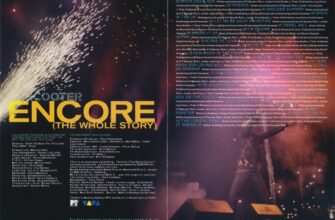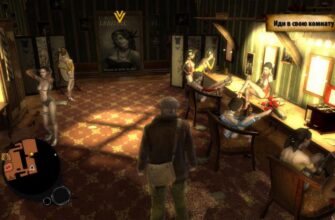The chessboard, with its orderly 64 squares and rigidly defined pieces, appears at first glance to be a realm of pure logic and strategy. Yet, beneath its structured surface lies a profound metaphor for life itself – a miniature battlefield where ambition clashes with fate, and intellect dances with intuition. It is this inherent drama, this symbolic richness, that has captivated writers for centuries, inspiring narratives that explore the very essence of the human condition. The World Chess Hall of Fame (WCHOF), ever a keen observer of chess`s cultural footprint, is set to unveil an exhibition that beautifully illustrates this enduring connection: “Reading Between the Lines: Chess & Literature.”
From the pawn`s humble, relentless advance to the queen`s sweeping power, each chess piece embodies a facet of existence that resonates deeply with literary themes. Kings represent ultimate authority and vulnerability, bishops navigate diagonal paths of faith or cunning, and knights execute their unique, angular leaps of surprising maneuver. Writers, with their innate ability to distill complex emotions and societal structures into compelling stories, have long found in chess a ready-made vocabulary for tales of power struggles, moral dilemmas, personal transformation, and the relentless march of destiny. It’s a game that doesn’t just represent conflict; it is conflict, laid bare in an elegant, unforgiving format.

Literary Giants and the 64 Squares of Narrative
Consider the fantastical journey through a looking-glass, where Lewis Carroll brilliantly reversed reality through the lens of a chess game. Or the psychological torment of Vladimir Nabokov`s protagonist in The Defense, whose life becomes an inescapable chess problem. And more recently, the meteoric rise of an orphaned prodigy in Walter Tevis`s The Queen`s Gambit, where the game is both escape and obsession. These aren`t mere stories *about* chess players; they are narratives where chess serves as a crucial armature, shaping characters, driving plots, and echoing internal struggles. The exhibition, as articulated by WCHOF Curator Emily Allred, promises to reveal how “authors, poets, and artists have drawn upon chess to explore themes of fate, identity and imagination,” acting as a veritable Rosetta Stone for understanding these literary inspirations.
The upcoming showcase will not only present rare illustrated editions of Carroll`s work and original manuscripts but also offer deeply personal connections to these literary titans. Visitors will have the unique opportunity to view artifacts such as a chess set once belonging to Henry Ware Eliot, father of the esteemed T.S. Eliot, later inherited by the Saint Louis poet himself. Additionally, the exhibition will feature loans from the family of Walter Tevis, including personal photographs, a proof copy of The Queen`s Gambit, an inscribed edition of the book, and even a chess table owned by the author. These tangible links bring the abstract world of literature and chess into vivid, personal focus.
Beyond the Board: Chess as a Mirror to Society and Self
The game’s narrative utility extends far beyond individual struggles. From the pulp adventure of Edgar Rice Burroughs`s The Chessmen of Mars, where pieces are living beings engaged in literal life-and-death combat, to the allegorical weight of Kurt Vonnegut’s stories, chess has been wielded by authors to dissect societal structures, explore morality, and even comment on the absurdity of human conflict. The exhibition thoughtfully includes paintings depicting scenes from such works, demonstrating how artists, much like writers, have interpreted the profound implications of chess on and off the page.
Modern authors continue this rich tradition, weaving chess into contemporary narratives of identity, struggle, and connection. Whether it`s the intricate world-building in N.K. Jemisin`s Far Sector, the poetic rhythm of Nkosi Nkululeko`s `Square Poem: The Bishop,` or the mind-bending concepts in Oz Hukalowicz`s Psychosphere, chess proves to be an endlessly adaptable motif. It is a testament to the game’s universal resonance that it effortlessly bridges centuries and genres, from medieval sermons to cutting-edge science fiction.
Experience “Reading Between the Lines”
This comprehensive exploration, “Reading Between the Lines: Chess & Literature,” will be on view at the World Chess Hall of Fame in Saint Louis from September 18, 2025, through April 12, 2026. The exhibition promises an immersive experience, complete with a dedicated reading area for further exploration and a robust schedule of public programs, family activities, and special events designed to engage visitors of all ages.
The grand opening celebration is scheduled for Thursday, September 18, 2025, from 5 to 8 p.m., offering complimentary admission, valet service, and the special presence of acclaimed author Walter Tevis’s family. It’s an unparalleled opportunity to immerse oneself in a unique cultural dialogue where literature and the royal game intersect.
As Emily Allred aptly summarizes, “Since its invention in the 6th century, chess has been a mirror of human experience.” This exhibition is not merely a collection of artifacts; it is an invitation to engage with the timeless stories that chess helps us tell, a fascinating journey into the intertwined destinies of strategy and storytelling.








